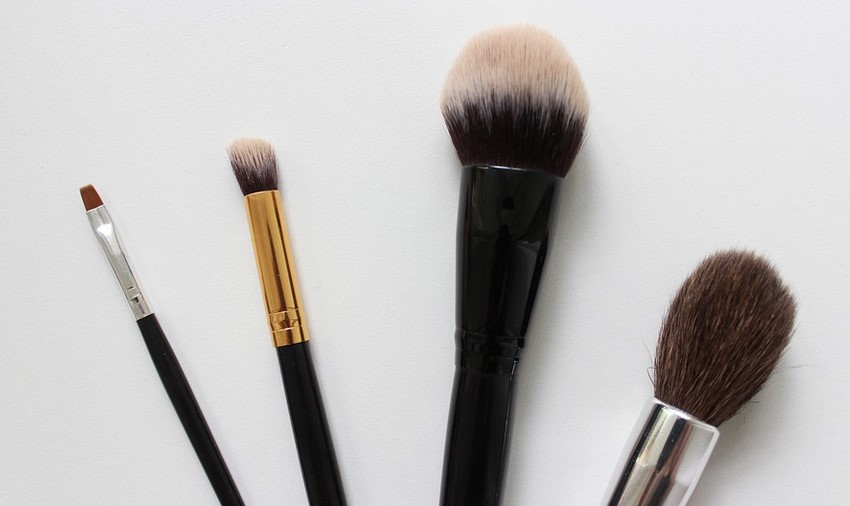Introduction
Pearl diving is an ancient practice that has been around for thousands of years. It involves diving to the ocean floor to harvest pearls. While many people use modern equipment to dive, some still practice the traditional method of free diving. Free diving involves diving without any breathing apparatus, relying solely on the diver’s ability to hold their breath. Pearl divers who practice free diving can hold their breath for several minutes at a time, making it an incredible feat of human endurance.
The History of Pearl Diving
Pearl diving has been around for centuries, with records dating back to ancient China and the Roman Empire. It was a dangerous and difficult job, as divers had to dive to great depths without any breathing equipment. Many divers suffered from decompression sickness, also known as “the bends,” and some even drowned. Despite the risks, pearl diving remained a popular profession because of the high demand for pearls.
The Technique of Pearl Diving
Pearl diving requires a lot of skill and training. Divers need to be physically fit, mentally focused, and have excellent lung capacity. Before diving, divers take several deep breaths to oxygenate their bodies. They then hold their breath and dive down to the ocean floor. Once they reach the bottom, they search for pearls, which are often hidden in shells or crevices. Divers need to be able to hold their breath for several minutes to have enough time to find pearls.
The Risks of Pearl Diving
Pearl diving is a dangerous profession, and divers face many risks. The most significant risk is drowning, as divers can become disoriented and lose consciousness while underwater. Other risks include decompression sickness, which is caused by the rapid changes in pressure when divers ascend to the surface. Divers can also suffer from hypoxia, a lack of oxygen to the brain, which can cause confusion and disorientation.
The Benefits of Pearl Diving
Despite the risks, many people still practice pearl diving because of the benefits. Pearls are highly valued and can fetch high prices, making it a lucrative profession. Pearl diving also requires a lot of skill and training, which can be satisfying for divers who enjoy a challenge. Additionally, pearl diving can be a way to connect with nature and experience the beauty of the ocean.
The Science of Breath Holding
Pearl divers are able to hold their breath for several minutes because of a physiological response called the mammalian dive reflex. When a person holds their breath, their heart rate slows down, and blood is diverted away from the limbs and towards the heart and brain. This helps conserve oxygen and allows divers to stay underwater for longer periods.
The Training of Pearl Divers
Pearl divers need to undergo extensive training to be able to hold their breath for several minutes. This training includes physical exercises to improve lung capacity, mental training to improve focus and concentration, and techniques to manage stress and anxiety. Divers also need to learn how to equalize their ears, which involves relieving the pressure in the ears as they descend to the ocean floor.
The Future of Pearl Diving
As technology continues to advance, pearl diving is becoming less common. Many pearl divers now use modern equipment, such as diving suits and breathing apparatus, which makes the job safer and more efficient. However, there are still some who practice the traditional method of free diving. Pearl diving is an important part of cultural heritage in many parts of the world, and it is essential to preserve this tradition for future generations.
Conclusion
Pearl diving is an incredible feat of human endurance that has been practiced for thousands of years. While it is a dangerous profession, it is also highly valued and deeply rooted in many cultures. Pearl divers who practice free diving can hold their breath for several minutes at a time, making it an impressive display of human ability. As technology continues to advance, it is essential to preserve this tradition for future generations.

